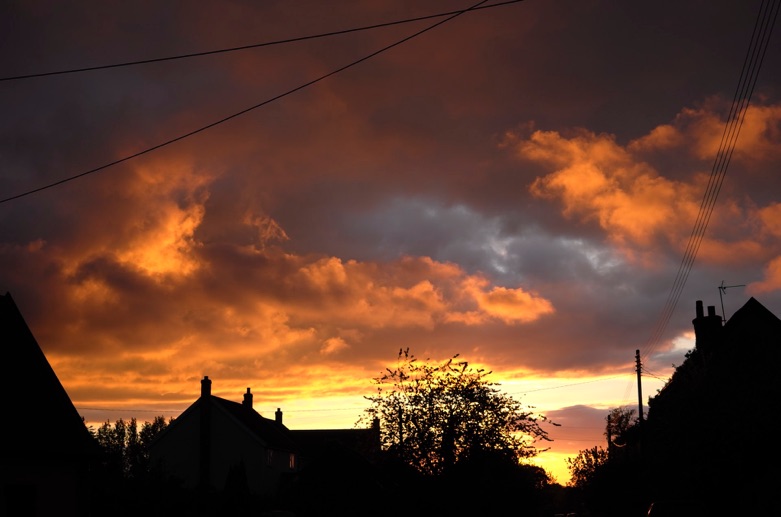The Leica X Vario - previously known as Paula

Introduction
Well, here it is - Not a competitor for the Sony RX1 or a mini Leica M with an EVF or a compact full frame camera with a small fast zoom. The Mini M teaser seems to have generated all the wildest fantasies in the internet photo community - whether this was a good thing, or a bad thing is not up to me to decide, but that’s the first (and the next to last) time that I’m going to type Mini M!
What is it then? Well, it seems to me that it is the logical successor to Leica’s much loved Digilux 2 which came out early in 2004. If you’re interested in this camera Thorsten Overgaards Excellent Digilux 2 report will tell you everything you need to know. The camera had a 2/3” sensor, much smaller than the APS/c sensor on the new X Vario, which means that the actual depth of field you will get is roughly equivalent. Paula doesn’t have a built in electronic viewfinder, but it does have Live View, and you can plug in the Leica EVF (and probably the Olympus VF-2, although I haven’t tried it).
Despite the yawns from some of the more technically minded on the internet this is pretty much a unique camera - being the only currently available APS-c sized camera with an integral zoom lens (the Canon G1x sensor is rather smaller). As far as I’m aware the Sony R1 is the only previous camera with a fixed zoom lens and an APS-c sized sensor Dpreview Review here. I didn’t own either the Digilux 2 or the Sony R1, but I was aware that both of these cameras were much appreciated by many photographers.
So it seems to me that at the very least Leica have produced an interesting modern take on a popular design strategy.
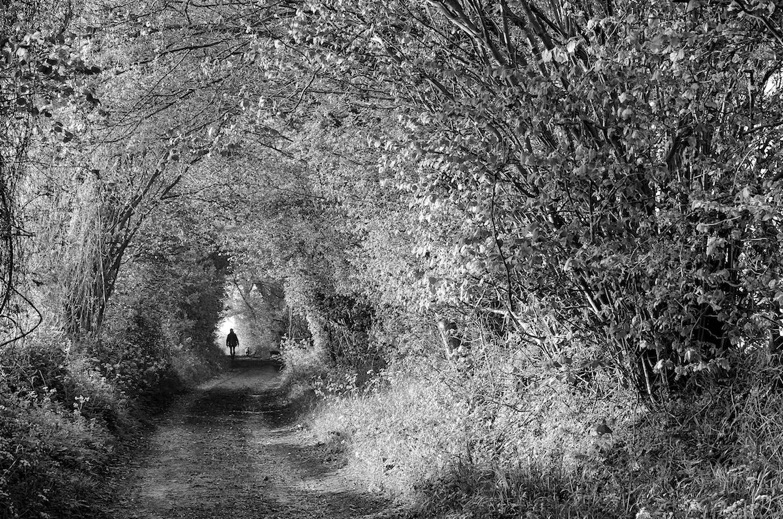
Leica X Vario at 39mm (58mm equivalent), f6.3, ISO 100
Disclaimer
I have been testing the X Vario for Leica since Christmas time. As a tester my loyalty is to Leica, and as such, if I find something wrong with the camera I tell Leica - If I find something right I tell everyone. Having said this I would like to say that Leica have not approved this article (or even seen it before publication), nor have they made any suggestions as to what I should write in it. I will not say anything I don’t believe to be the case, and I can honestly say that I have no misgivings about the camera which are not included in this piece. Sorry if that seems unnecessary, but I’ve had my motives questioned in the past, so it’s safer to make them obvious!
I am not a camera reviewer - there are many excellent reviewers out there, some of them will be linked at end of the piece. My intention is to give you a general feeling about the camera, and to show you some images taken with it.
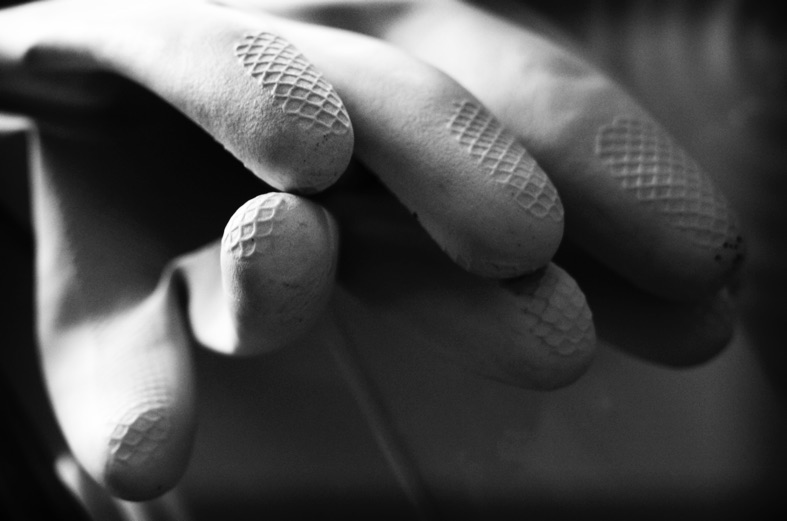
Leica X Vario at 46mm (70mm equivalent), f6.4, ISO 3200
The Camera
I’m sure that you’ve read all the specifications, so I won’t go through them in detail, sufficient to say that it has a 16mp APS-c sized sensor, a fixed zoom Vario Elmar 18-46mm lens (equivalent to 28-70mm) which goes from f3.5 to f6.4. It has Aperture Priority, Shutter Priority, Program and Manual exposure modes, Movie mode and ISO from 100 to 12,500.
It’s beautifully made, substantial, but not too heavy or too light. It feels very solid, and my only gripe is the shutter release button - which is the same as the one in the X1 and X2 (I didn’t like it there either); it works perfectly well, but it looks and feels a little plasticky.
It’s an obvious big sister to the X2, so here is a snap of the two of them together:
I’ve shown you the cameras turned on - the lens on the X Vario does change size when focusing, but it extends less than 1 cm at the 70mm end, it’s at it’s smallest at around 50mm, and extends about 3/4 cm at the wide end.
Leica have put the actual focal length on the front of the lens, but the equivalent focal length on the zoom barrel itself. Personally I like this, and I think it’s probably more intuitive that way.
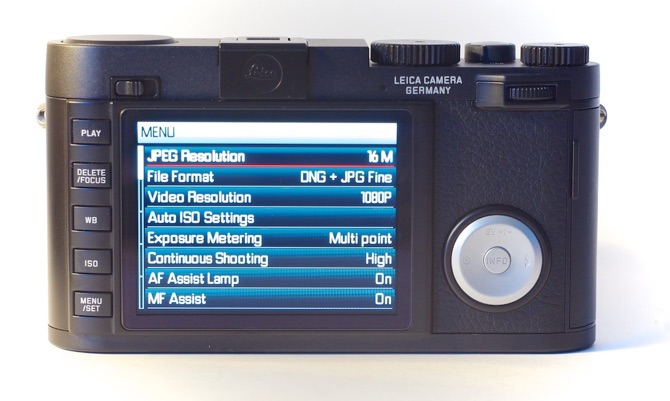
Here you can see the lens and top plate controls. The aperture and shutter speed dials are the same as the X2, setting shutter speed to A puts the camera in Aperture priority, putting the Aperture to A puts the camera in Shutter priority, and putting both on A sets program mode. I still think this is an intuitive and inspired way of organising a camera. There is a movie button on the top - easily reached, but not easily pressed by mistake.
Similarly the lens is beautifully laid out - the zoom is at the front, the focus ring at the back. The focus ring has an AF setting, so that to change from AF to MF you simply move the focus ring away from the AF setting. AF is reasonably quick, but not as fast as some of the 120fps cameras, there is a little noise with the focusing motor, but I’ve discussed this with Sean Reid, who hasn’t noticed it with the production camera.
On the back of the camera you can see the buttons on the left have:
Play - Delete/Focus - WB - ISO - Menu / set, and that the menu system is very similar to that of the new Leica M.
The silver 4 way controller has Exposure compensation +/- on the top, flash settings on the right (where they can unfortunately easily be pressed by the ball of your thumb) and self timer on the left. The lever for the popup flash is just below the flash itself.
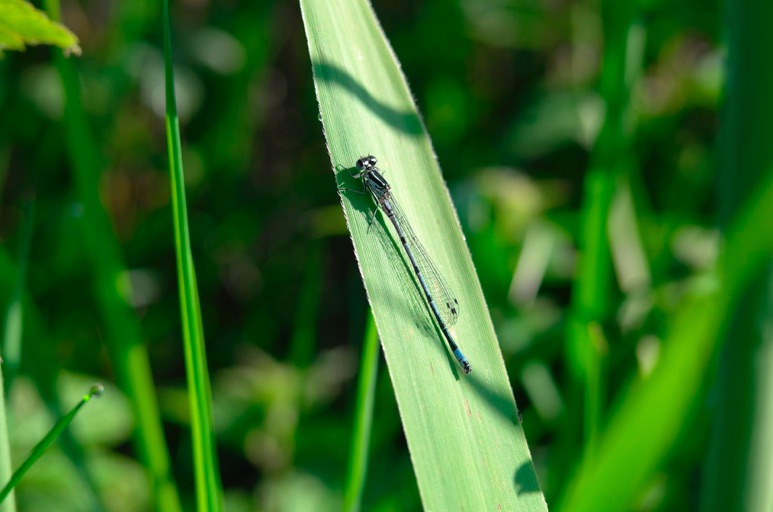
Leica X Vario at 46mm (70mm equivalent), f6.4, ISO 100
Unlike most modern compact zoom cameras, the ‘macro’ mode is at the long end (70mm equivalent) rather than the wider end - the picture above is a full frame shot. I think it also shows that even at the comparatively slow aperture of f6.4, there is scope for Depth of Field isolation, and the bokeh is really very nice. When you change from AF to MF (as in this case) the centre area of the frame zooms in, in the same way as the X2.
Below is a crop of the shot above:

The camera is great fun shoot with - there is really never any need to delve into the menus, everything is nicely laid out and very intuitive. I suppose I could wish for a dedicated Exposure compensation button - or better still have the thumb dial used for exposure compensation, but apart from this it is the epitome of the Leica spirit of giving you what you need . . . and not a million other options.
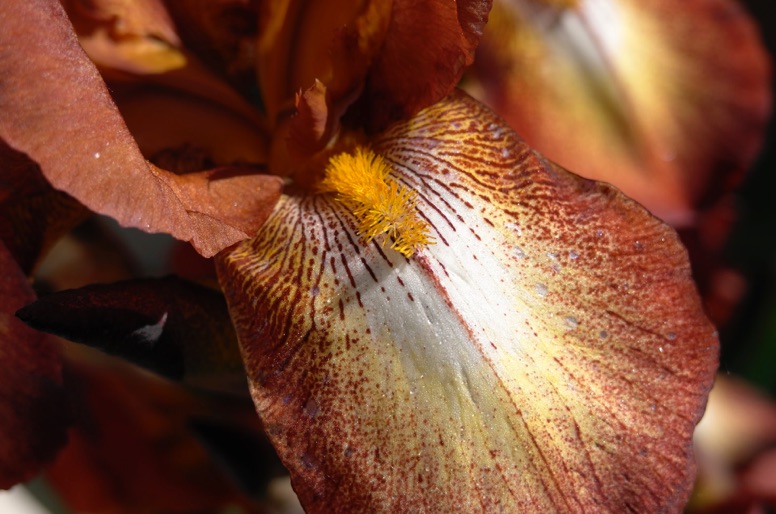
Leica X Vario at 46mm (70mm equivalent), f6.4, ISO 100
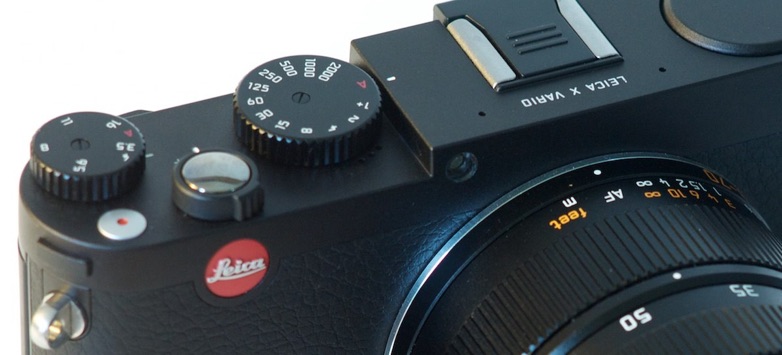
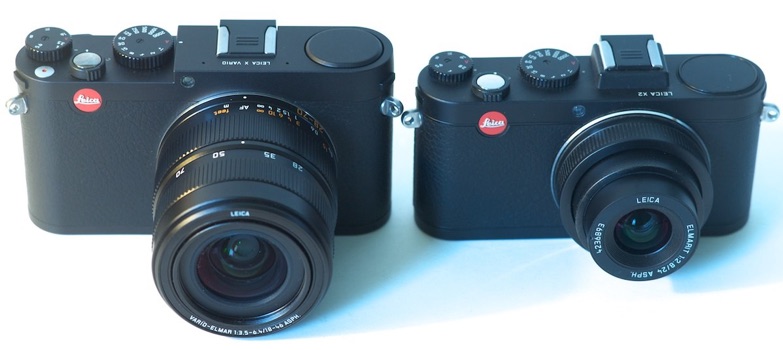
Image Quality
There isn’t really an excuse for a camera like this unless the image quality is good. One may as well buy one of the many excellent premium compact cameras on the market.
Like everyone else I was disappointed at how slow the lens was : f3.5 to f6.4 sounds soooo slow - but it’s worth bearing in mind that f3.5 is only 2/3 stop slower than f2.8, and f6.4 is only 1/3 stop than f5.6. . . . and f2.8 to f5.6 somehow sounds so much better.
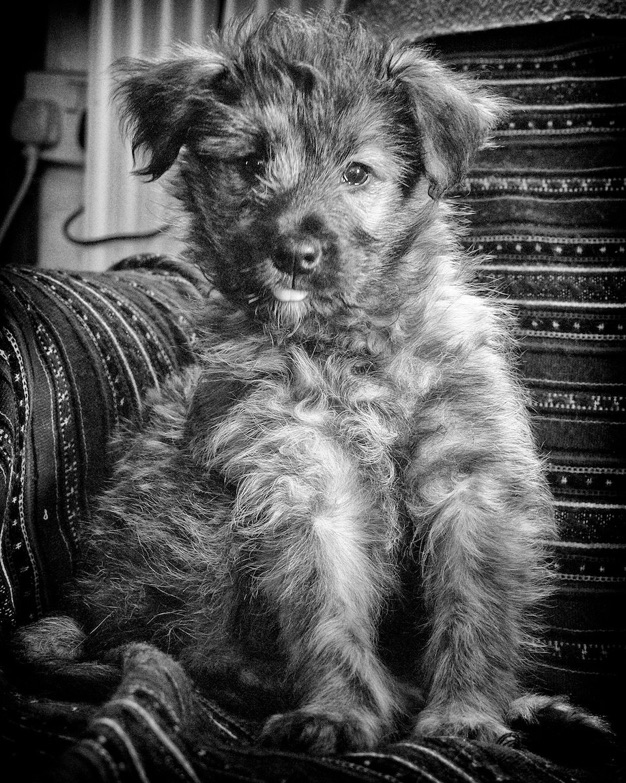
Leica X Vario at 38mm (58mm equivalent), f5.6, ISO 6400 1/125th
Who Is It For?
Well, it isn’t for those who were hoping and expecting competition for the Sony RX-1. Actually, I suspect it isn’t for anyone who spends much time on internet photo forums.
I think it’s directed at busy people who are good at photography, but who have better things to do than read 35 page camera reviews. Someone who understands all about shutter speed and aperture, but hasn’t a clue about scene modes, and doesn’t want to know about them either. Someone who has shot film in the past, and would like a comprehensible digital camera which allows them to shoot manually or automatically, without having to worry about interchangeable lenses and everything that entails.
Sadly, it’s probably not for people who are likely to read this review (with the possible exception of my wife Emma who likes the camera and is very loyal).
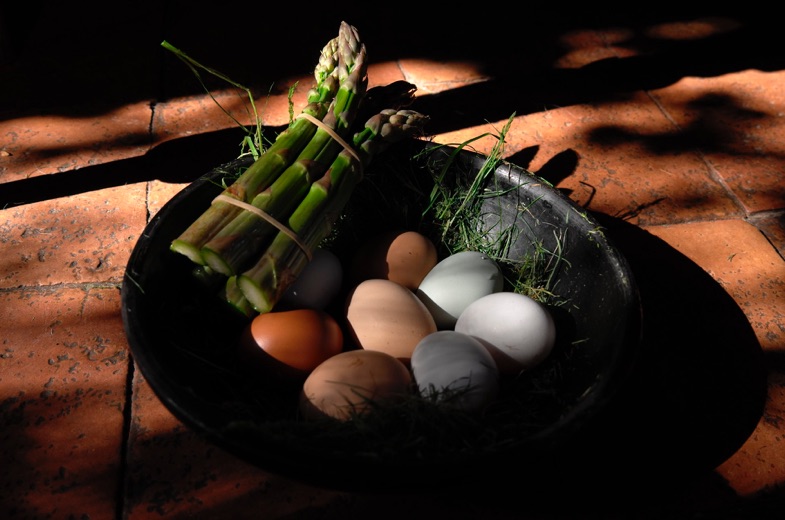
So What?
When I first received the camera, I was wowed by the feel and build quality and general ThingNess of it, but seriously underwhelmed by the slow zoom. I couldn’t see why anyone would want it over an OMD with a Panasonic 12-35 lens, or a Fuji X-E1 with the 18-55 zoom. I own one of these cameras, and have played with the other, they’re both excellent.
However, over the months I’ve rather fallen in love with the simplicity of the X Vario - the logic of the controls is hard to fault, the image quality is really excellent and the fact of it being a simple one-stop package is really compelling.
Often, when heading out for a walk with the dogs, or just the 25 mile countryside trip to work, it’s been Paula who has been grabbed at the last minute.
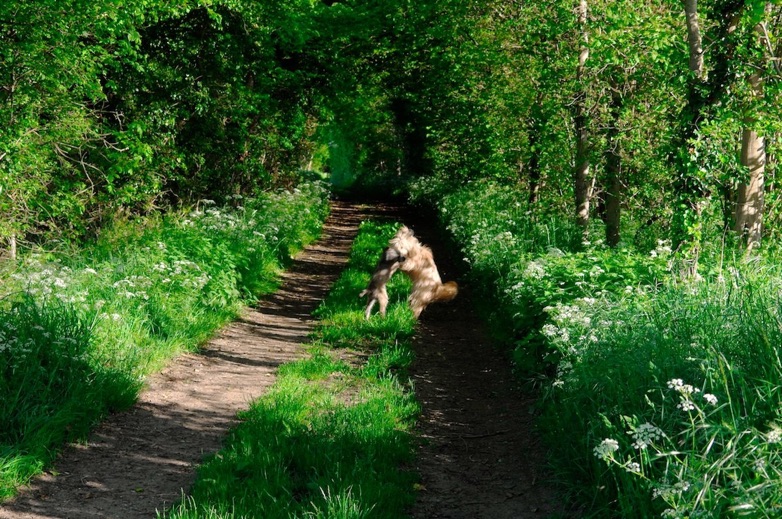
Leica X Vario at 22mm 33mm equivalent), f4.5, ISO 100 1/125th
Leica X Vario at 45mm 70mm equivalent), f6.4 ISO 100 1/125th
Stuff at the end
First of all, many thanks to my wife Emma, who puts up with me perpetually fiddling about with cameras.
Secondly a tribute to my contacts at Leica who put up with my whinging all the time (you know who you are!)
Thirdly thanks to Thorsten Overgaard, Ming Thein, Sean Reid and Steve Huff for being what they are.
Finally a thanks to Silas and Adam at work, who share my enthusiasm and put up with my pontification.
Hopefully I’ll be able to put up some DNG files for you to download over the next few days.
At the moment the only person I’m certain is doing a ‘proper’ review of the X Vario is Sean Reid. If you are really interested in the camera, then you’ll want to read his review at Reid Reviews. I’ll add other links as they become available.
The truth of it is that the IQ is excellent, and the lens is quite useable wide open at all focal lengths, and is remarkably sharp from the centre to the corners. Added to this, it has a really pleasing (to my eyes) bokeh and great colour rendition. I’m not certain of a real definition of the ‘Leica look’ but to my eyes photographs with the X Vario have a zing about them which I’ve come to associate with much grander Leica lenses.
The DNG files work properly in Lightroom (although this is just using the Adobe DNG standard). They use a newer DNG standard than Apple have implemented are not yet supported by Apple in Aperture, but the word on the street is that this support won’t be long in coming.
However, the out of camera jpg files are really excellent. I’ve posted some at the following link, which you can download if you wish:
Out of Camera jpg files from Paula
Image stabilisation is only of the software variety - however, the high ISO files are pretty good, so that shooting in low light is not an unreasonable proposition. Auto focus is perfectly acceptable, and manual focus works very well.
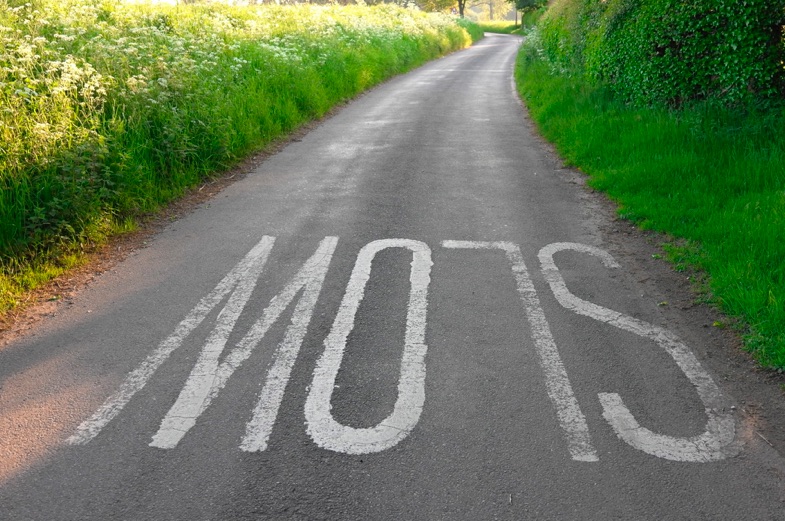
Leica X Vario at 25mm (38mm equivalent), f4.5, ISO 1000 1/500th

Leica X Vario at 46mm (70mm equivalent), f6.3, ISO 320 1/80th
Leica X Vario at 38mm (57mm equivalent), f5.6, ISO 100 1/125th
